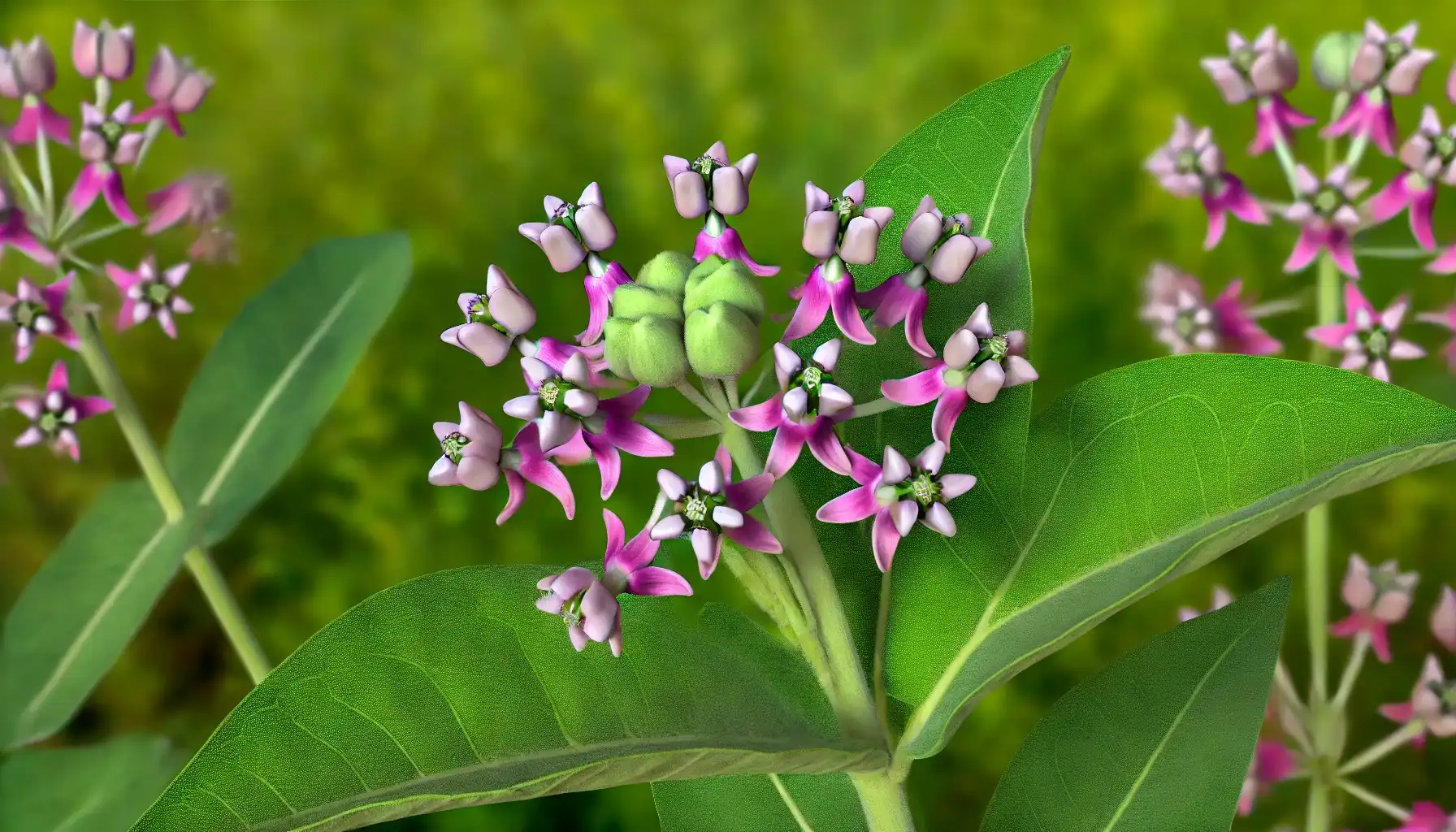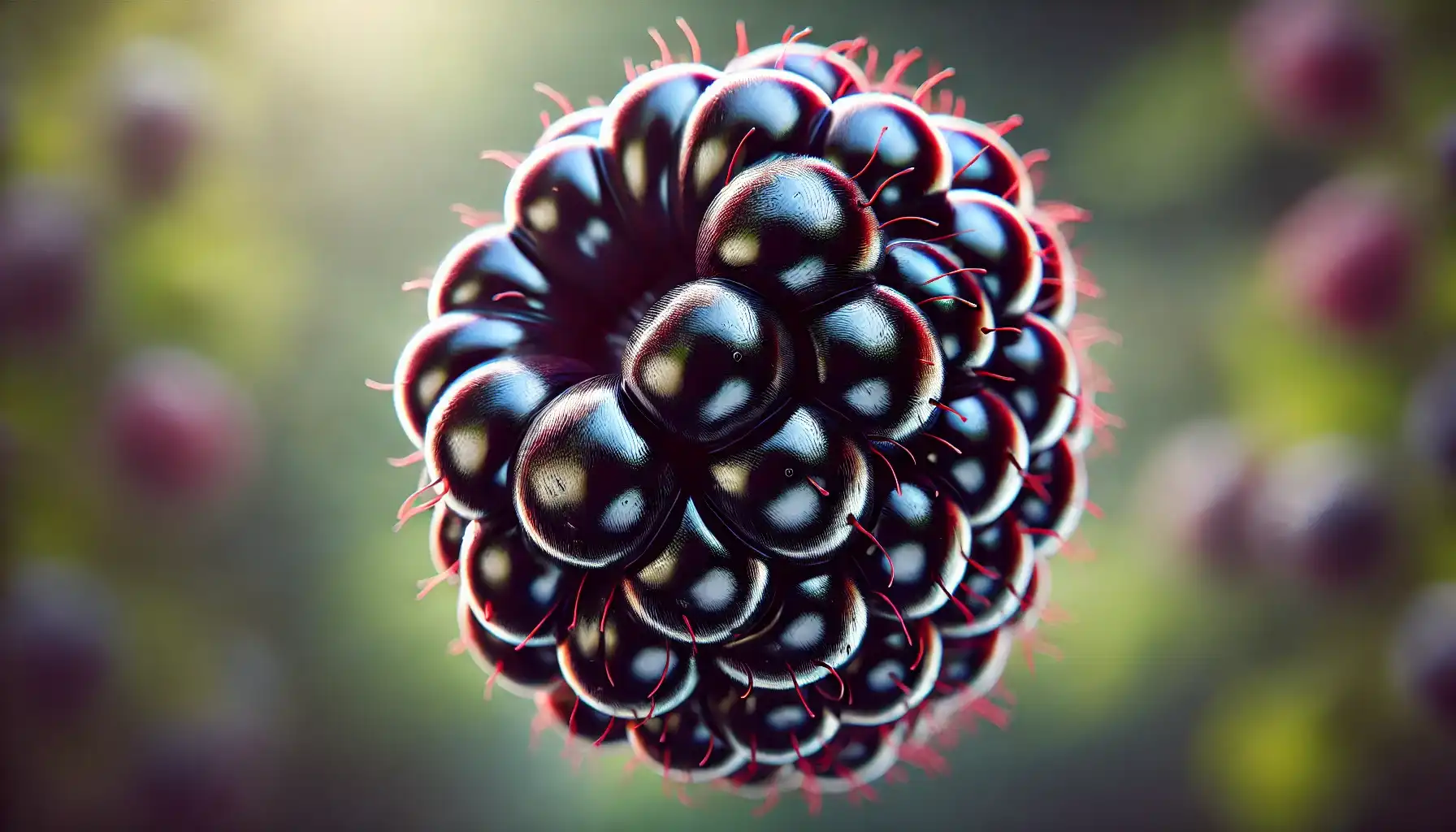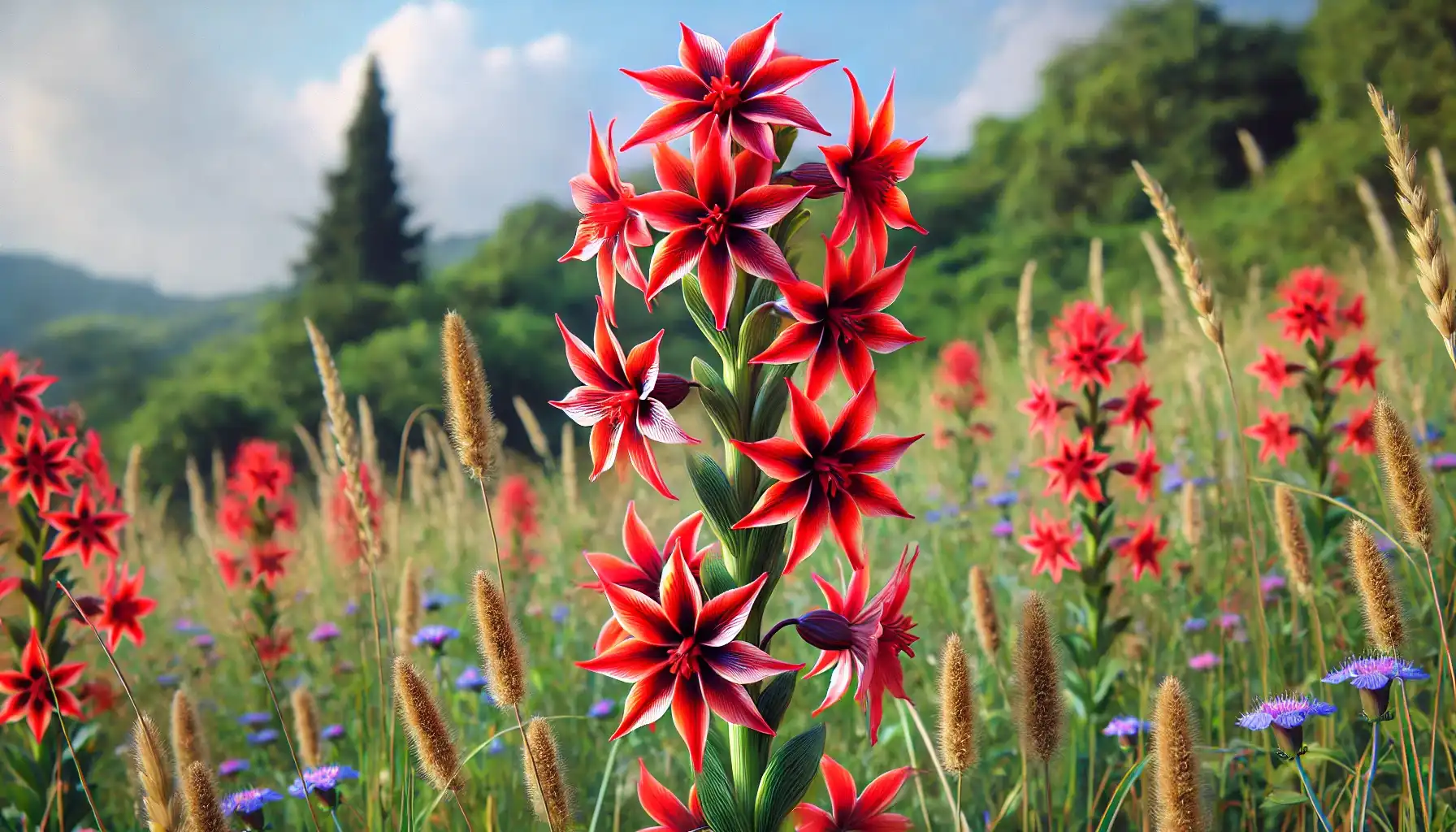A Plant of Monarchs: Milkweed Types, Habitat, Growing Needs

The quiet attraction of the West with vibrant, painted-like flowers in summer and fluffy clouds in fall sounds fairly alluring, doesn’t it? Milkweed, a herbaceous perennial native to North America, is one of the iconic symbols closely related to Monarchs, the butterflies irresistibly drawn to this inhabitant of flora.
Contents:
The quiet attraction of the West with vibrant, painted-like flowers in summer and fluffy clouds in fall sounds fairly alluring, doesn’t it? Milkweed, a herbaceous perennial native to North America, is one of the iconic symbols closely related to Monarchs, the butterflies irresistibly drawn to this inhabitant of flora.
The Milkweed plant is a stunning yet practical option with enormous benefits for plant enthusiasts who desire to draw these peculiar living beings and add some organic beauty to their landscapes. But where to find milkweed plants? What does it need to grow? Let us find out together.

What is a Milkweed Plant?
Loved and cherished, milkweed is the term used to refer to a large group of herbaceous perennial plants that play a crucial role in the life cycle of the Monarch butterflies. The name of this natural creation derives from the milky latex sap the milkweed produces when its surface is damaged. The plant itself is an essential element for the survival and nutrition of Monarchs, while the latter, in turn, pollinate plants and facilitate their productivity.
The appearance of the milkweed plants is absolutely unique yet deceiving, for they are toxic for humans, pets, and livestock as well. In general, milkweed has tall, erect stems crowned by clusters of small fragrant flowers. Once the plant has bloomed and is finally ready to propagate, there appear seed pods that, when mature, split open to release seeds attached to the parachute-like floss to be carried away by the wind.
Where Do You Find Milkweed Plants?
As stated before, milkweed plants are native to a wide range of habitats all across North America with most species found in open, well-lit areas, such as fields and prairies, or spaces with high humidity levels like wetlands, marshes, and near streams/ponds. Each region of the US and Canada presents its own milkweed types with unique climate adaptations and a bit different needs.
By the way, where can I find milkweed plants near me? To explore flora efficiently and learn more about the specific areas with milkweeds in your region, make use of special tools like AI Plant Finder that may assist you even in the most complicated situations and simple tasks with ease. Such apps usually provide comprehensive information about the plant’s habitat, its growing needs, toxicity levels, edibility, and more.
Besides, if you wish to monitor your own plant species, set up plant care reminders, share your ideas, inquire about gardening routines, or identify plants or their diseases in an instant, these plant-devoted platforms are the greatest options for you to keep your garden healthy all the time.

Appropriate Environmental Conditions Explained
Though there exist different milkweed species distinguished for their unique features, the environmental requirements are generally the same. So as to cultivate and support a plant, as well as attract monarch butterflies and other pollinators efficiently, one should carefully explore information about the plant’s habitat and apply this knowledge in practice.
Light Preferences: The ideal environment for the milkweeds to thrive presupposes at least six hours of direct sunlight each day. Like many other plants, light is the essential element needed for photosynthesis and, thus, energy conservation and vitality of a milkweed instance.
Temperature: Another aspect to take into consideration is the temperature around a plant. Milkweed typically grows in temperate climates with mild yet cold winters and warm summers to promote the life cycle of a plant and let it bloom.
Soil Type: Resilient and adaptable, milkweed plants generally prefer well-drained soils with a pH level of 4.8 to 7.2, though it depends on each species, too. Common milkweed, for example, thrives in sandy or loamy soils, while Swamp Milkweed needs more water and proper organics in the soil.
Watering: For milkweed, water needs usually vary. Most types, e.g., Common Milkweed, need drier yet non-arid conditions. The rest, at the same time, may prefer consistently moist soil and higher levels of humidity, One such example is Swamp Milkweed.
Spacing: As soon as the plants grow quite large, sufficient space between plants is vital. Therefore, when planted properly, one may notice enhanced air circulation, which is to reduce the risk of fungal diseases and promote the plant’s health, too.
The Most Popular Types of Milkweed Plants

Since more and more gardeners tend to incorporate milkweed into their yards, it is important to understand its varieties so as to ensure the plant is well suited for the environment and one’s gardening requirements, too. So, here are three of the most notable milkweed species that can be cultivated for both aesthetic appeal and ecosystem-related purposes.
Common Milkweed: One of the most widespread varieties is Common Milkweed, which is characterized by a height of 3 to 5 feet, broad green leaves, and pink to purple flowers. Those cute flower balls usually bloom the whole summer, which is ideal for small gardens created for aesthetic intentions only.
Showy Milkweed: True to its name, Showy Milkweed is an attractive but relatively small plant (i.e., 1 to 3 feet tall). As a rule, this floral inhabitant boasts rose-colored flowers arranged spherically and framed with blue-green foliage.
Swamp Milkweed: With deep pink flowers on top, swamp milkweed is an excellent choice for outdoor areas that lack color and a touch of beauty. Originally grown in wet, marshy environments, the plant urgently needs high humidity levels so as to thrive and attract monarchs efficiently.
Nevertheless, there are many more milkweed species that may be grown in your garden, such as Butterflyweed, Antelope-horns Milkweed, and the like. Note that some types like Tropical Milkweed are toxic not only for humans but butterflies, too, so make an informed decision before incorporating a plant into your local floral infrastructure.
Milkweed is not a weed at all but a beautifully arranged flowering plant that always contributes to the survival of monarch butterflies and, hence, the enhanced biodiversity within the region. The plant plays a role in supporting the environment and promoting the health of a given garden and our ecosystem as a whole. So, let it work in your garden but give it your love, patience, and dedication.
Share:
Read More
Identify Any Plant, Diagnose Every Disease
Download Our App Now!


